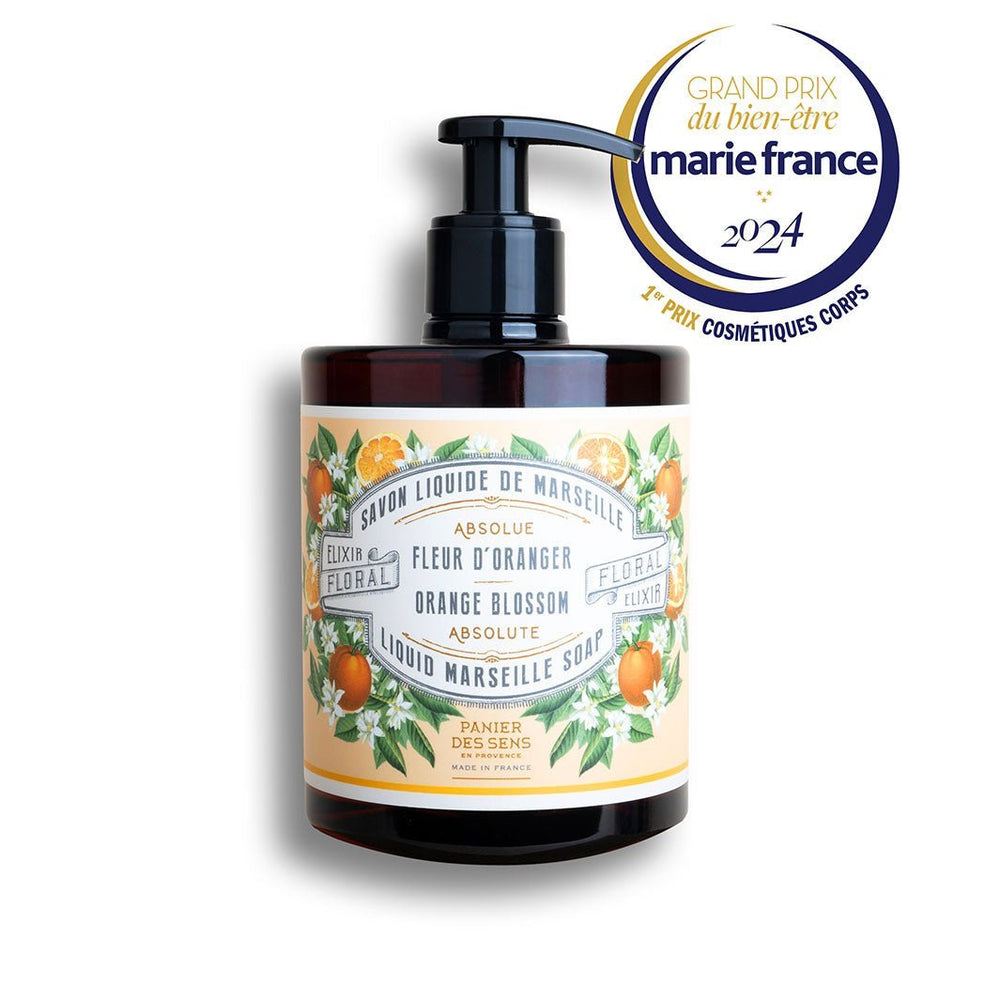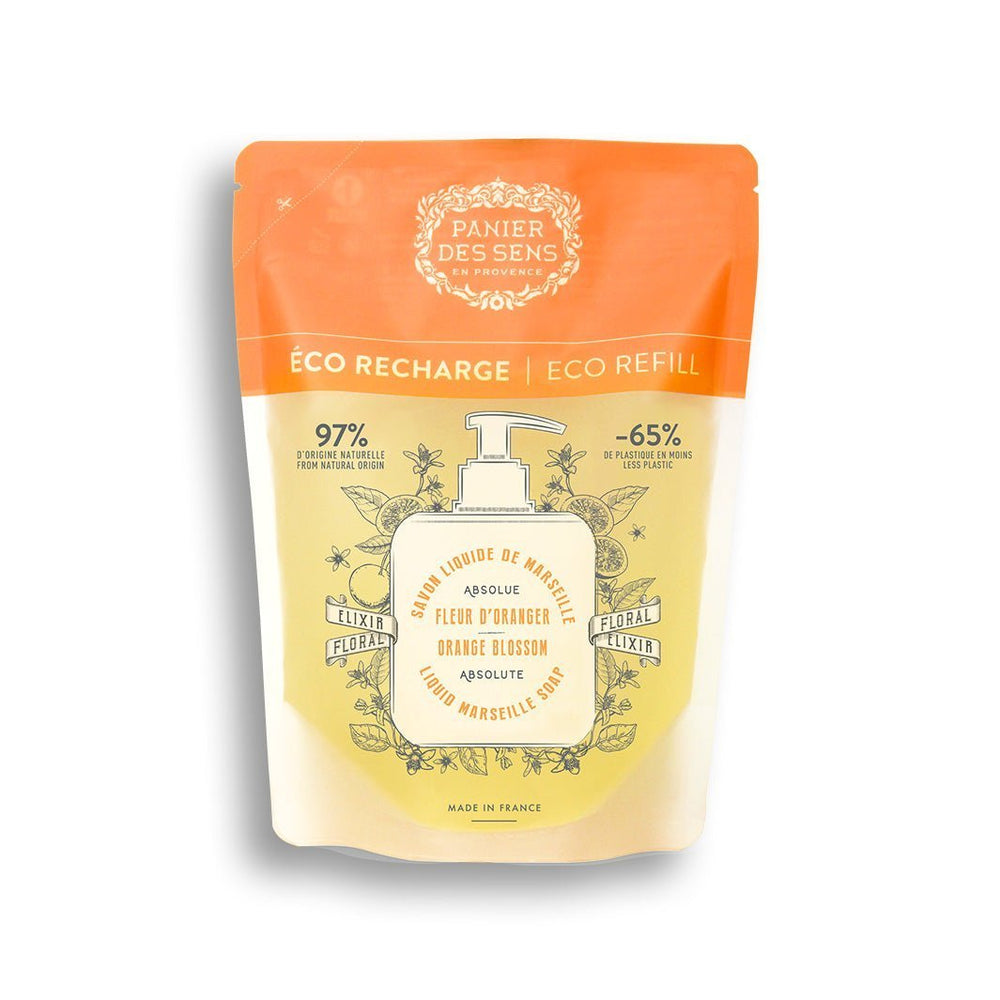How to combine different eaux de toilette to create a unique olfactory signature?
The quest for a unique olfactory signature fascinates many perfume lovers. Perfume blending, originally called "perfume layering", refers to the layering of fragrances. Combining different eaux de toilette can be a subtle art, with each note playing a decisive role. Navigating olfactory families, understanding the harmonies between fragrances and mastering layering techniques are crucial steps in creating the perfect blend. From the importance of top, middle and base notes to specific blending methods, every detail contributes to the subtle balance of your composition.
Adopt best practices to avoid overloading your fragrance, and learn how to skilfully test your creations on the skin for optimal results. This exciting exploration will lead you to the discovery of new accords, combining tradition and innovation, to sublimate your identity through an unforgettable trail. Ready to plunge, step by step, into this olfactory journey? To deepen your knowledge, discover how to use an eau de toilette correctly to maximize its staying power throughout the day.

The basic principles for combining different eaux de toilette
Understanding the olfactory families of eaux de toilette
Dive into the world of eaux de toiletteis to discover a rich and diverse universe where each fragrance tells a unique story. Perfumers classify eaux de toilette into several olfactory families: floral, woody, oriental, citrus, fougère and chypre. Each has its own distinct characteristics. For example, floral notes evoke delicacy and femininity with scents such as rose or jasmine, while woody notes bring depth and mystery with essences such as sandalwood or cedar.
The golden rules for a harmonious blend ofeaux de toilette
Combining different eaux de toilette to create a unique olfactory signature requires a certain amount of mastery. It's crucial to follow a few golden rules to achieve a harmonious result. First, choose a dominant base that reflects your personality - it could be a woody note if you like deep fragrances, or a citrus note for something fresher and more energizing.
Then gradually add complementary layers, respecting the balance between top notes (first impressions), middle notes (the perfume's central character) and base notes (persistence). An interesting anecdote: some great perfumers always recommend adding an unexpected touch - perhaps a light spicy note in a floral bouquet - to pleasantly surprise your senses.
Remember, the secret lies in moderation: over-mixing risks suffocating each individual essence. Instead, layer no more than two or three fragrances on top of each other, so that each can express itself fully without losing its identity.
Techniques for creating a unique olfactory signature with eaux de toilette
Use the top, heart and base notes in the eaux de toilette
To create an olfactory signature that suits you, it's essential to understand the structure of fragrances. An eau de toilette is generally composed of three levels: top notes, middle notes and base notes. The top notes are what you perceive immediately after application. They are often fresh and light, like lemon or bergamot, but evaporate quickly.
Then come the heart notes, the heart of the fragrance. They appear after a few minutes and can last for several hours. These notes often include flowers such as rose or jasmine, bringing depth and complexity to your composition. Finally, the base notes form the long-lasting foundation of the fragrance. They linger long on the skin and can include woody elements such as cedar or patchouli.
Can you already think of a combination that might reflect your unique personality? Imagine, for example, a blend where a citrus top note blends with a delicate floral heart before being supported by a warm woody base.
Layering and blending methods for eaux de toilette
The layering of eaux de toilette is a subtle art that can transform your daily routine into a creative ritual. To get started, choose two or three complementary fragrances:
- First apply theeau de toilette you'd like to dominate: this could be a woody fragrance if you're looking for something enveloping;
- Next, lightly spray a second water on your hot spots such as the wrists or behind the ears: this second fragrance should complement the first without overpowering it - think of adding a fresh touch with citrus or floral accords to balance the whole;
- Remember, it's crucial to experiment on your own skin, as each fragrance evolves differently according to skin pH.
An interesting anecdote: some experts even recommend waiting a few minutes between each application to allow the different olfactory layers to develop fully.
Have you ever tried this technique? Perhaps you're tempted by the idea of adding a discreet spicy note to pleasantly surprise your senses? The secret always lies in moderation: over-mixing risks suffocating each individual essence. Prefer to layer two or three fragrances at most, so that each can express itself fully without losing its identity.
Avoid common mistakes when combiningeaux de toilette
Combinations to avoid overloading the fragrance
In the bewitching world of eaux de toiletteit's easy to get carried away by the urge to experiment. However, certain combinations can quickly become disastrous if not properly mastered. For example, mixing gourmand notes like vanilla with overpowering accords such as leather or tobacco can create a stifling, unpleasant fragrance. Similarly, superimposing several very sweet fragrances risks saturating your senses and those around you.
It's also essential to avoid combinations that include too many complex notes simultaneously. Imagine a blend where intense floral accords compete with spicy, woody notes: instead of olfactory harmony, you'd get sensory chaos. To preserve the fragrance's subtlety and elegance, always favor simplicity andbalance.
The importance of testing blends ofeaux de toilette on the skin
Testing your creations directly on your skin is a crucial step in creating a unique olfactory signature. Each individual has a different skin pH, which has a considerable influence on the evolution of fragrances. What smells divine on a strip may have a completely different effect when applied to your skin.
So take the time to apply each eau de toilette separately and then together to your hot spots - wrists, neck, behind the ears - and let them evolve over a few hours. Observe how the notes develop and interact with each other over time. You may be surprised by some unexpected combinations that reveal their full splendor after a few hours.
Have you ever noticed how a fragrance can change radically depending on the time of day or even your mood? By patiently testing your blends, you'll discover which combinations truly sublimate your personal essence without ever losing their initial charm.
We recommend these other pages:
- When should you apply eau de toilette ?
- What are the best areas of the body to apply eau de toilette ?
- Tips to extend the life of your favorite eau de toilette
- The importance of moisturizing the skin for better hold ofeau de toilette
- How does seasonality affect the effectiveness of an eau de toilette ?





































